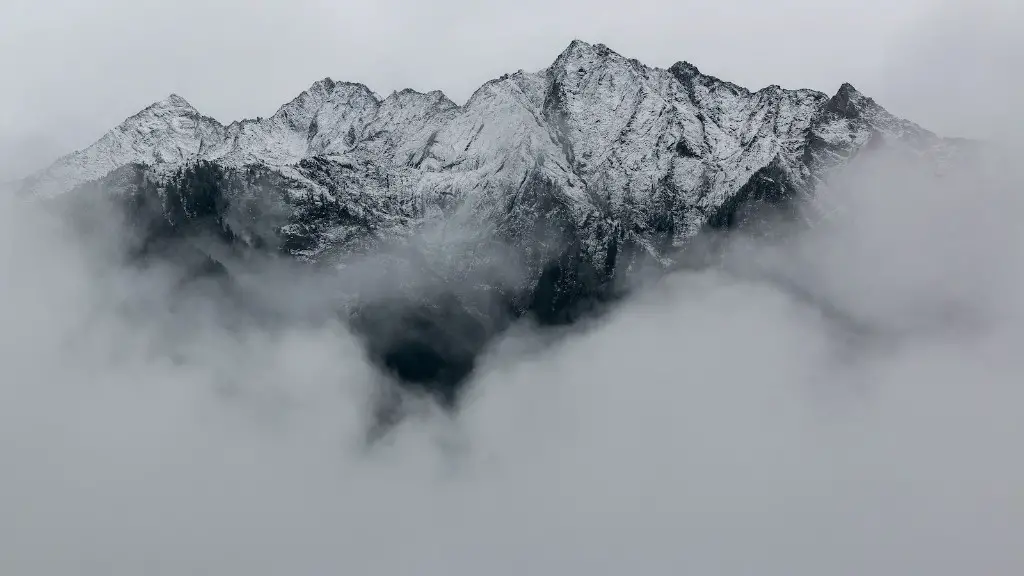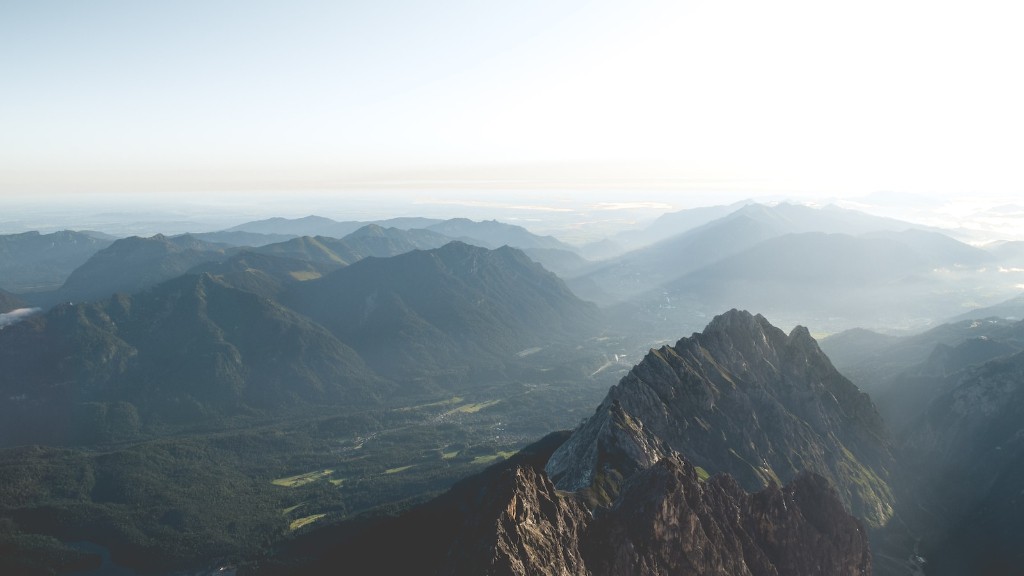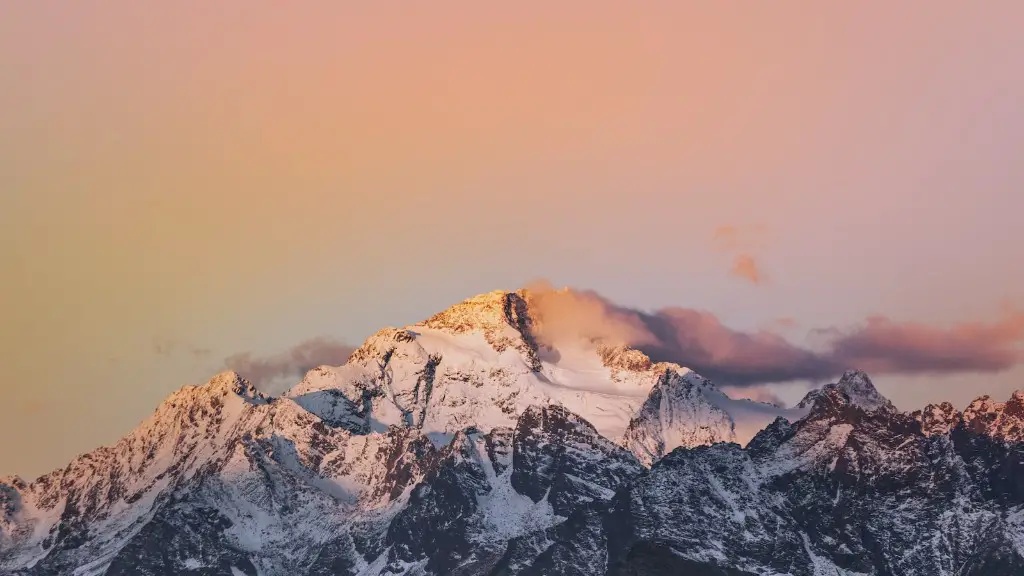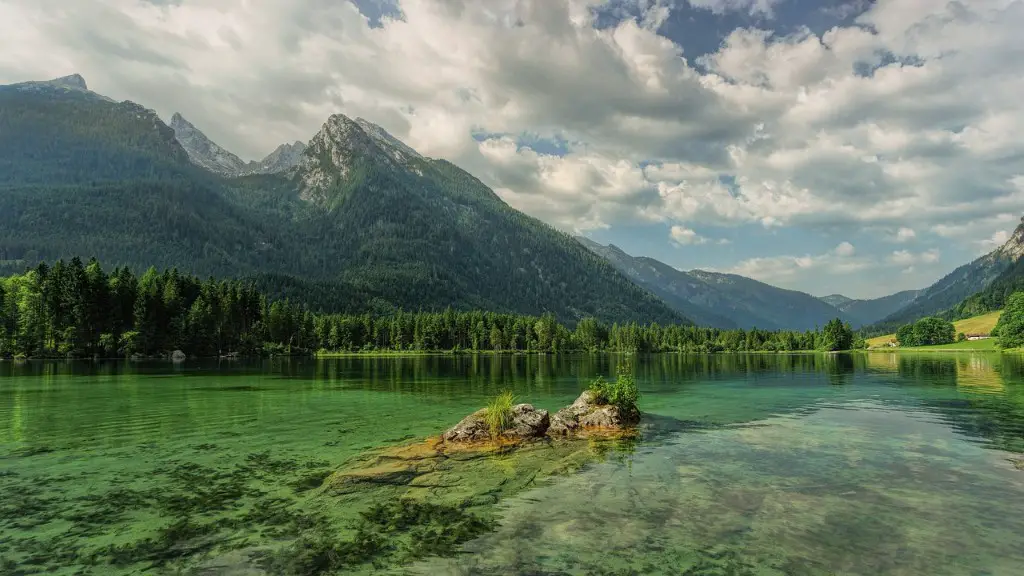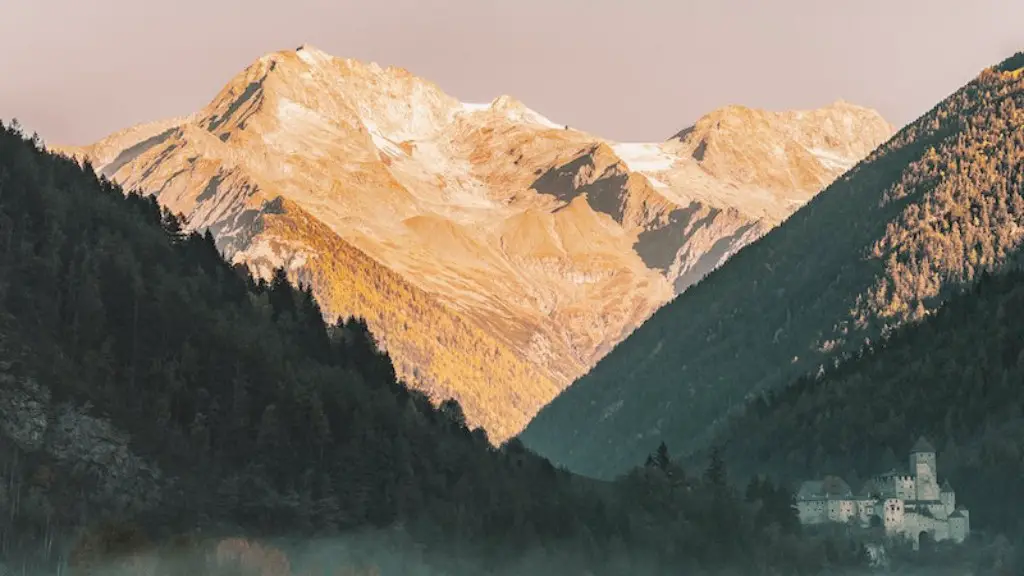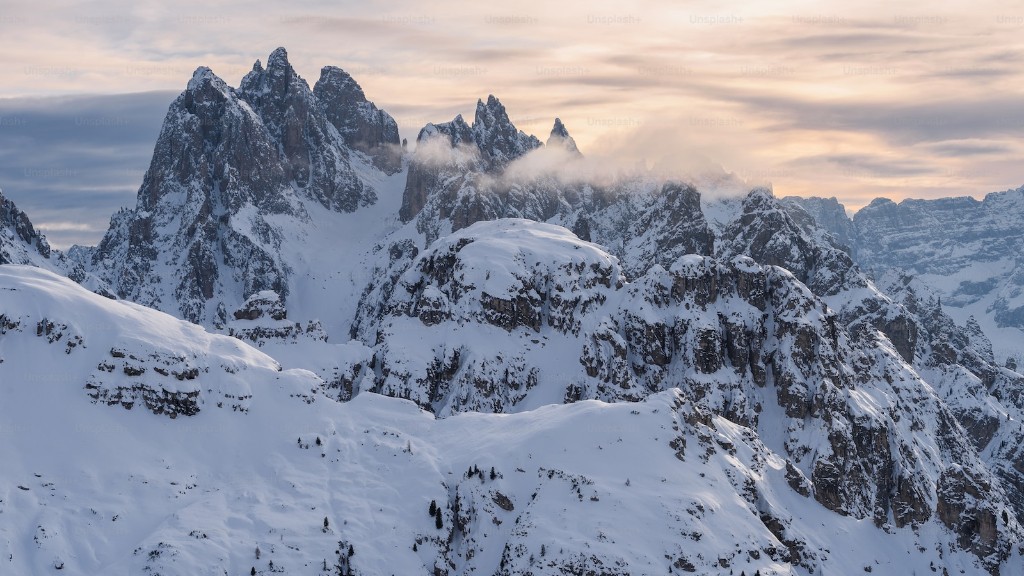The answer to this question largely depends on what somebody is looking to get out of the experience. For some, the answer may be a resounding yes – the majestic beauty of the mountain, the challenge of the climb, and the sense of accomplishment that comes with completing it are more than worth the price of admission. For others, the answer may be less clear-cut – the climb is long and difficult, and many people find that they don’t enjoy the experience as much as they thought they would. Ultimately, it’s up to each individual to decide whether or not climbing Mount Kilimanjaro is worth it.
Climbing Mount Kilimanjaro is an amazing experience that is definitely worth it. The views from the summit are incredible, and the sense of accomplishment you feel when you reach the top is incomparable. Even the journey up the mountain is an unforgettable adventure. If you are physically and mentally prepared for the challenge, then climbing Mount Kilimanjaro is an experience that you will never regret.
What is the success rate of climbing Kilimanjaro?
Mt Kilimanjaro is one of the most popular mountains in the world and approximately 50,000 trekkers attempt to reach its summit every year. According to research published by the Climb Kilimanjaro Guide, the average summit success rate for all climbers and routes is 65%. Although the summit success rate is relatively high, potential trekkers should be aware that summiting Mt Kilimanjaro is a challenging undertaking that requires preparation and training.
The average person can successfully climb and summit Kilimanjaro! You don’t need to be particularly fit (indeed being too fit can be detrimental) and you do not need any technical climbing skills.
Can a beginner climb Kilimanjaro
Mt. Kilimanjaro is the tallest mountain in Africa, and one of the most popular tourist destinations in the world. Despite its popularity, the mountain is a challenging climb, and beginners should be aware of the conditions, seasonal climates, costs, and requirements before attempting to summit. With proper preparation, however, beginners can have a successful and enjoyable climbing experience on Mt. Kilimanjaro.
If you’re planning on climbing Mount Kilimanjaro, be aware that it is a fairly difficult mountain to summit. More than half of all climbers suffer from some form of mountain sickness, so it’s important to be well-prepared and in good shape before attempting the trek. At 19,341 feet, or 5,895 meters, Kilimanjaro is one of the tallest mountains in the world, so you’ll need to be prepared for some extreme altitude hiking. With proper preparation, though, climbing Mount Kilimanjaro can be an amazing and rewarding experience.
What is the death toll on Kilimanjaro?
Although it is relatively rare, people do die while climbing Mount Kilimanjaro. On average, 3-10 people die on the slopes of the mountain every year. This is a very small percentage of the total number of climbers (30,000 on average per year), but it is still something to be aware of. If you are planning on climbing Kilimanjaro, make sure you are well-prepared and have a good plan in place. And remember, the odds are still in your favour – most people make it to the top and back down safely.
Most people agree that Kilimanjaro is harder than Everest Base Camp. While there are aspects of the Everest Base Camp trek that are harder than Kilimanjaro, the general feeling is that Kilimanjaro is the harder of the two treks. The main reason for this is summit night – it’s a biggie.
Is there a death zone on Kilimanjaro?
Kilimanjaro’s death zone is the area above 26,000 feet, where it is impossible to acclimatize to the altitude. This is similar to the elevation of Mount Everest’s base camp, where climbers use oxygen to help them cope with the thin air. Without oxygen, it is very difficult to function in the death zone, and most people will die within a few days.
Kilimanjaro’s altitude is a significant challenge, but climbers do not need supplemental oxygen to climb Kilimanjaro or reach the summit. To reach the summit, climbers use the acclimatization method of walking slowly “pole pole” and climbing high during the day, then descending to sleep at a lower altitude at night. This gradual process allows climbers to acclimatize to the thinner air and helps prevent altitude sickness.
How many people fail to summit Kilimanjaro
There are a number of reasons why so many people fail to reach the summit of Kilimanjaro. First, the mountain is deceptively difficult. It may not require any technical climbing skills, but the ascent is long and arduous, and often takes longer than people expect. Second, the weather conditions on the mountain can be unpredictable and extreme, with high winds and sub-zero temperatures. Third, many people underestimate the importance of acclimatizing to the altitude, which can lead to altitude sickness. Finally, the logistics of organizing a successful summit attempt are complicated, and things can often go wrong.
The average temperature on Mount Kilimanjaro is 21 to 27 degrees Celsius. However, the temperature can vary depending on the altitude and time of day. At the summit, Uhuru Peak, the night time temperatures can range between 20 and -20 degrees Fahrenheit (-7 to -29 degrees Celsius).
How many hours a day do you hike on Kilimanjaro?
Most people hike for around four to six hours each day on Kilimanjaro. However, on summit day (the day you hike to the Uhuru Peak, the summit of Kilimanjaro), you will need to hike for around 12 to 16 hours. This is because it takes around six or seven hours to hike to the Uhuru Peak, and then you must descend a long way to reach that night’s campsite.
Aconcagua is the highest mountain in South America and is a popular climb for those looking to summit a tall peak. The altitude is often underestimated though and climbers should take care to acclimatize properly to avoid altitude sickness. The climb is not particularly technical, but the high altitude can make it challenging.
Why do people fail to summit Kilimanjaro
Sadly, every year there are reports of climbers dying on Mount Kilimanjaro. Though the official number is 10, we believe the actual number to be a multiple thereof. The main reason why climbers do not reach the summit is altitude sickness, also known as acute mountain sickness (AMS), caused by the high elevation. AMS can cause headaches, vomiting, diarrhea, and even death. To avoid AMS, climbers need to take extra care to acclimatize properly before attempting to summit.
If you are planning to hike up Kilimanjaro, you don’t need to worry about having any specialist climbing skills. However, it is essential that you have done a lot of hill-walking or aerobic exercise in the months leading up to your attempt. If you are not currently very fit, it may take a long time to get to a suitable level of fitness.
Can you breathe at the top of Mount Kilimanjaro?
At high altitudes, the air pressure (and the amount of oxygen it contains) is less than half that at sea level. This can be very challenging for the body, and it is most common at altitudes above 2400 metres. Kilimanjaro’s peak is nearly 6000 metres above sea level, and at this height, the air pressure is only about a quarter of that at sea level. This can be extremely difficult for the body to cope with, and it is essential to take care when undertaking any activity at high altitude.
When going to the bathroom on Kilimanjaro, be prepared for a less than ideal experience. The toilets are public and often not well-maintained. They may not have doors, and privacy may be limited. It is recommended that you lower your expectations when using the facilities on Kilimanjaro.
Final Words
It can be argued that climbing Mount Kilimanjaro is worth it. On one hand, the experience can be life-changing and provide lasting memories. It can also be a great physical and mental challenge. On the other hand, it is a very difficult and dangerous climb that requires a lot of preparation. There is also the cost to consider. Ultimately, whether or not climbing Mount Kilimanjaro is worth it depends on the individual.
Overall, climbing Mount Kilimanjaro is a once in a lifetime experience that is definitely worth it. The views from the top are incredible, and the sense of accomplishment you feel afterwards is unbeatable. Even though it is a challenging climb, the beauty of the hike and the people you meet along the way make it an unforgettable journey.
